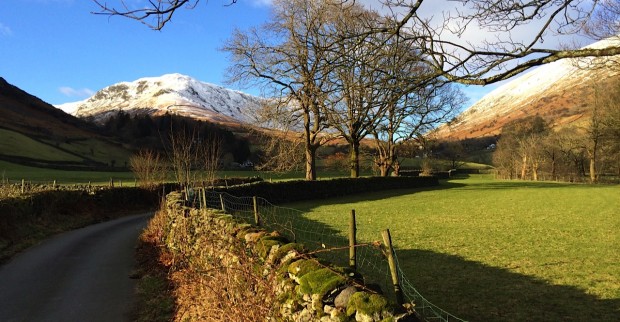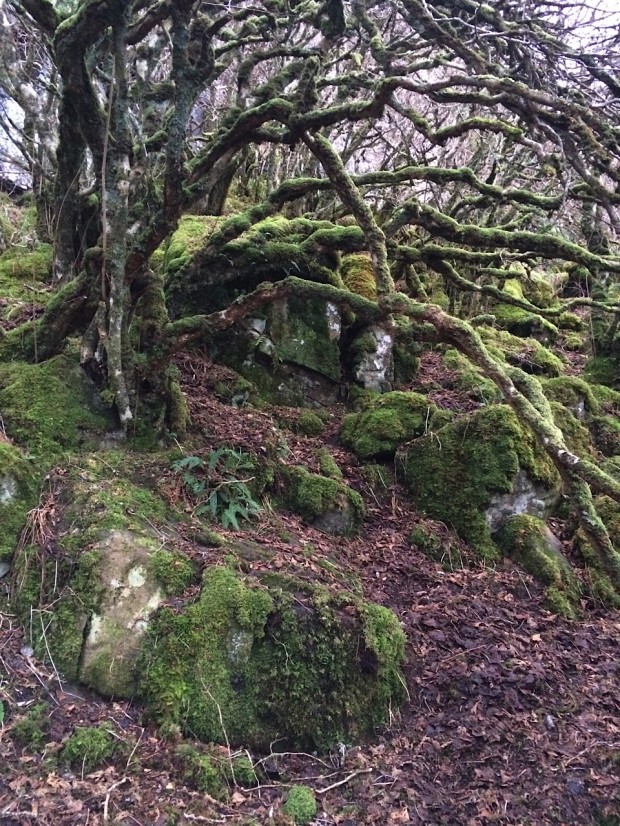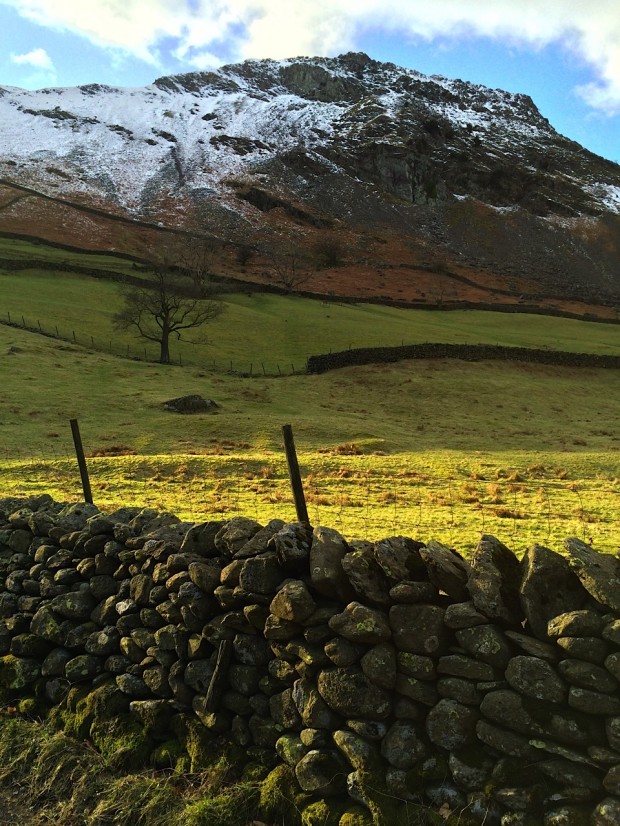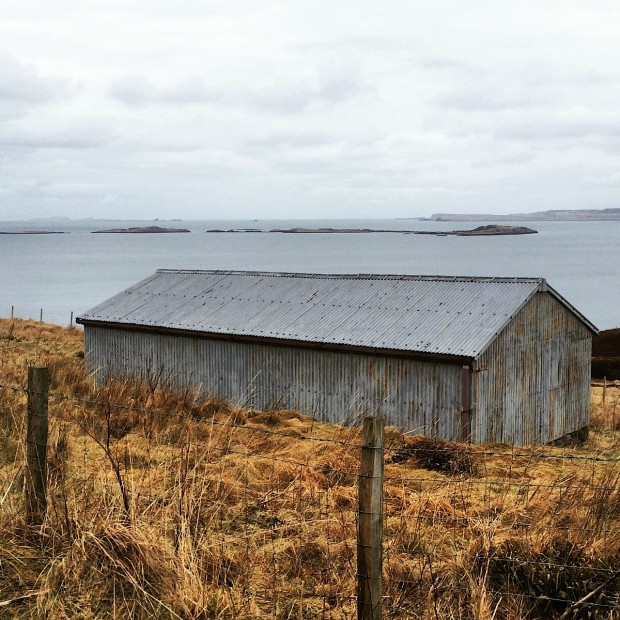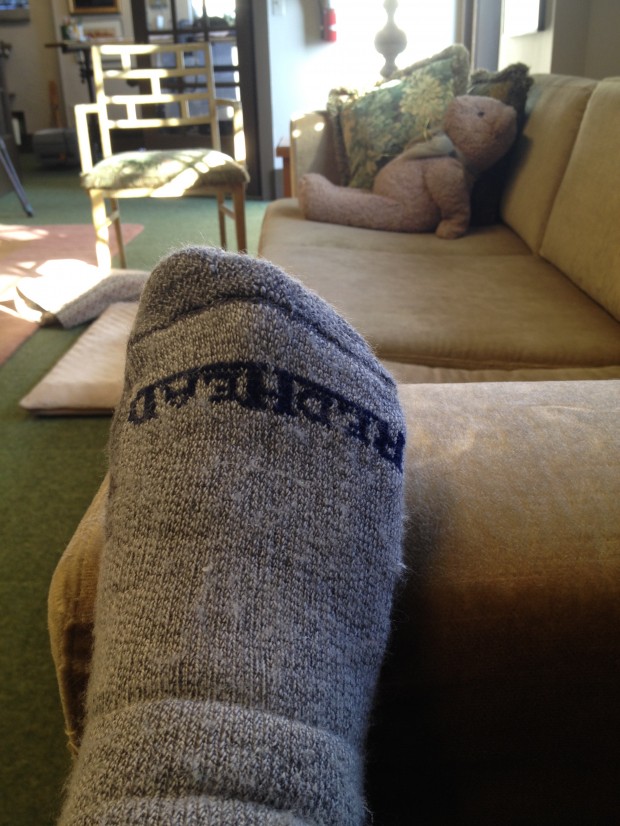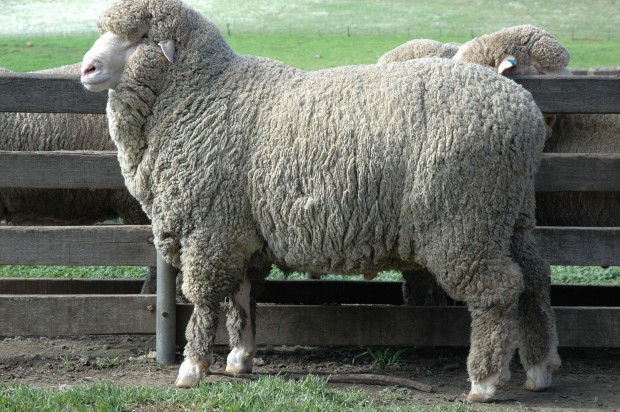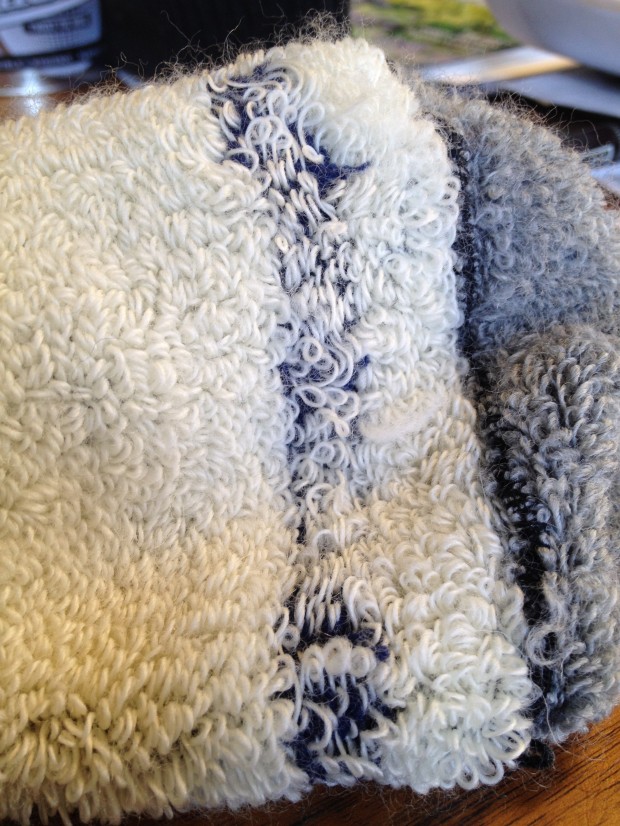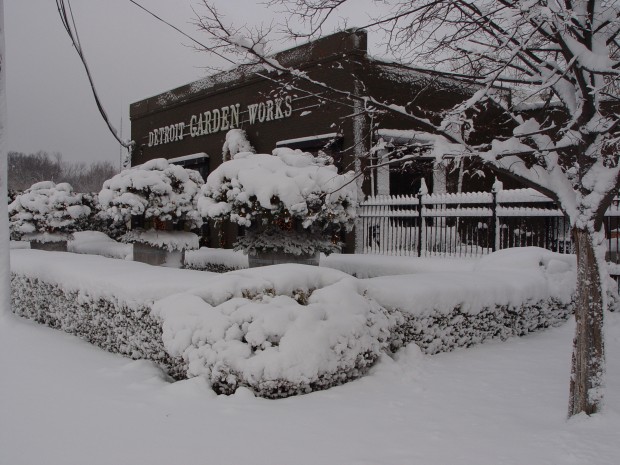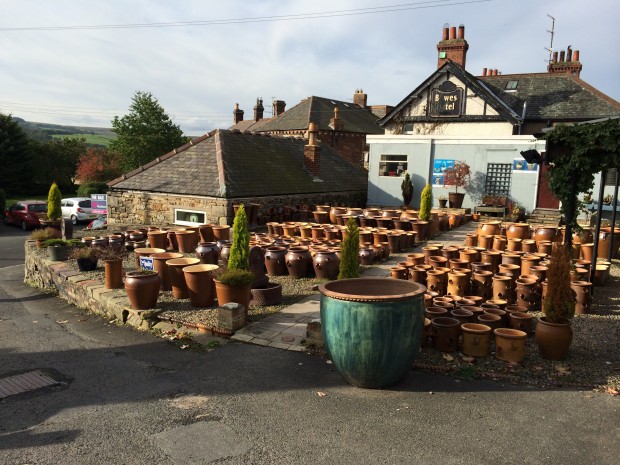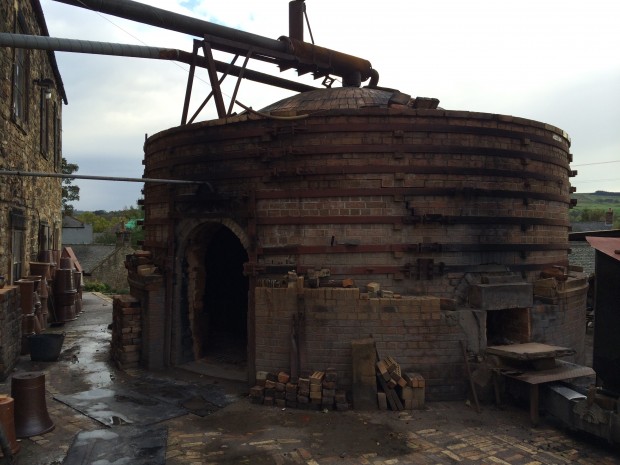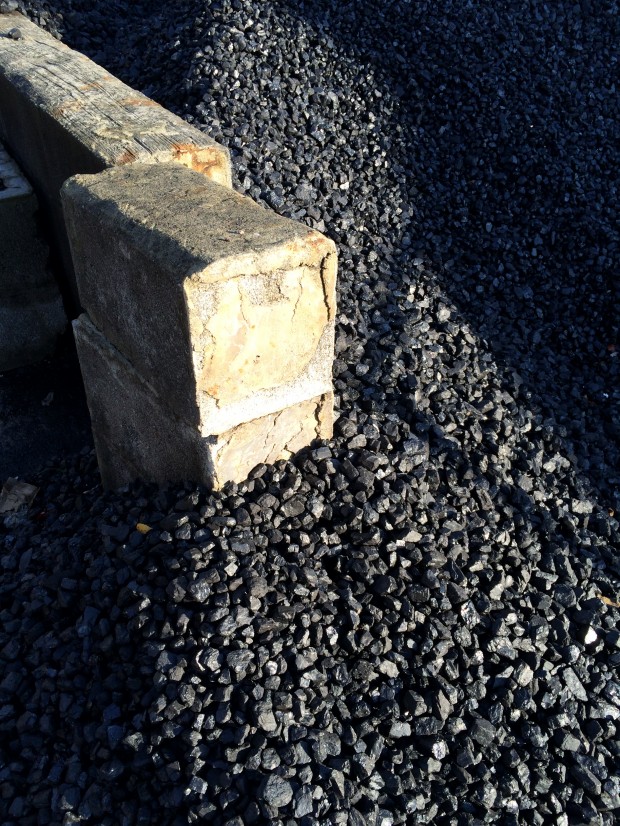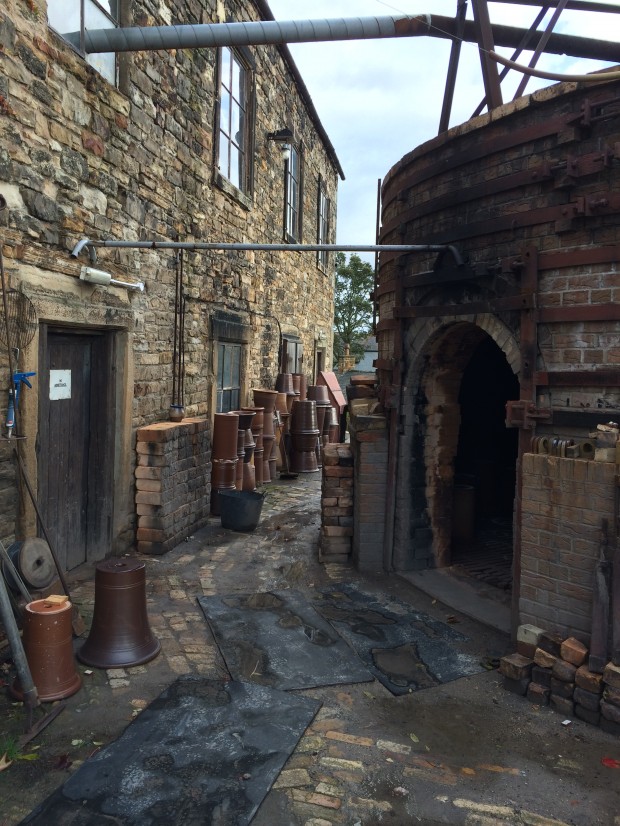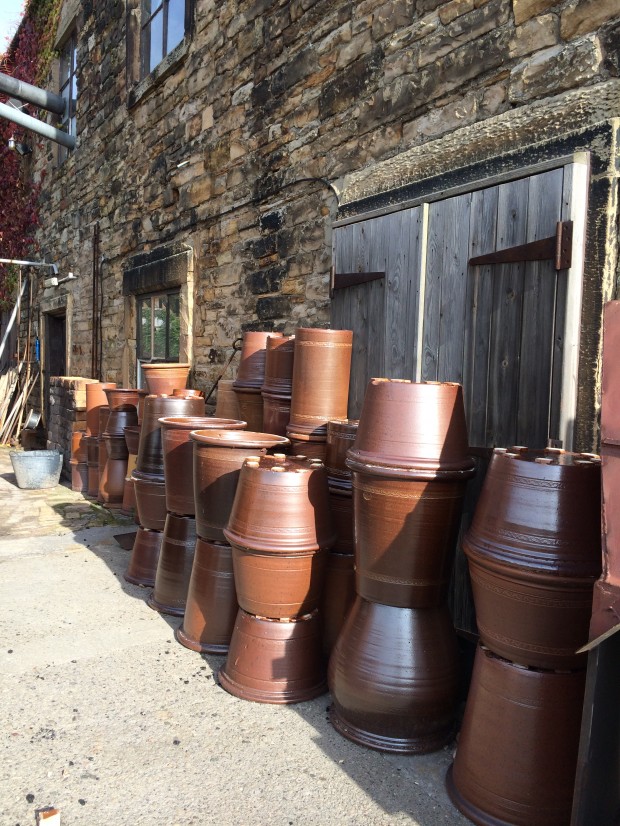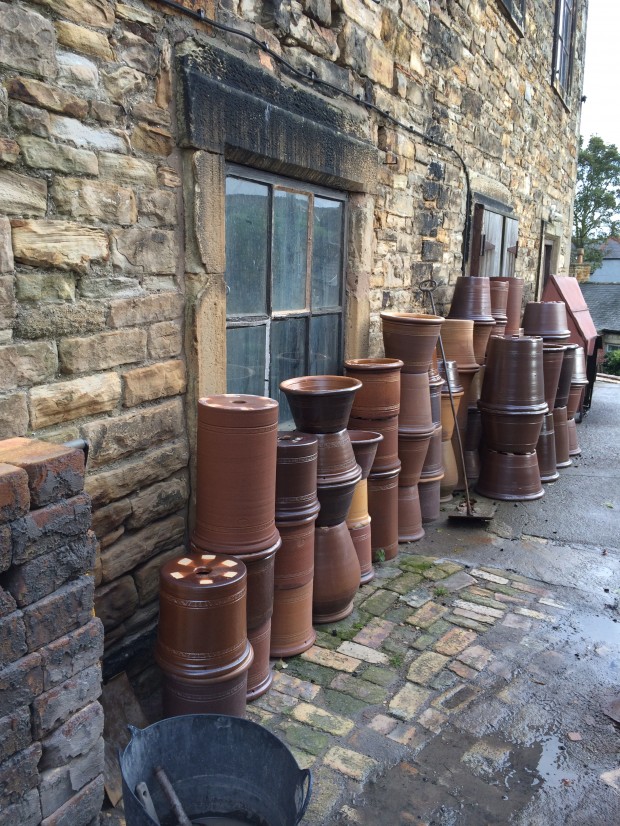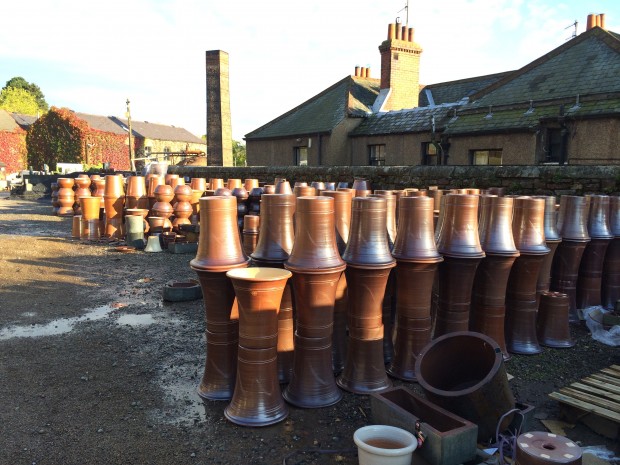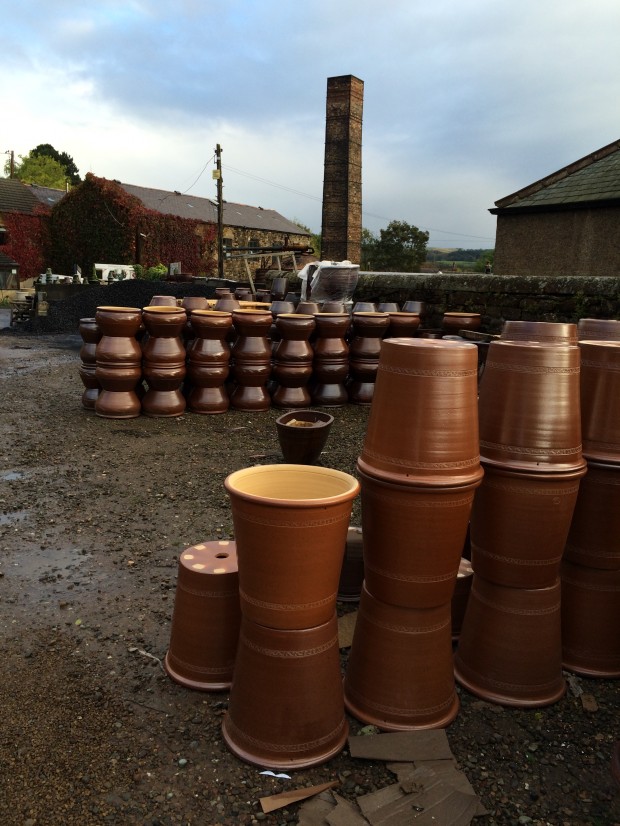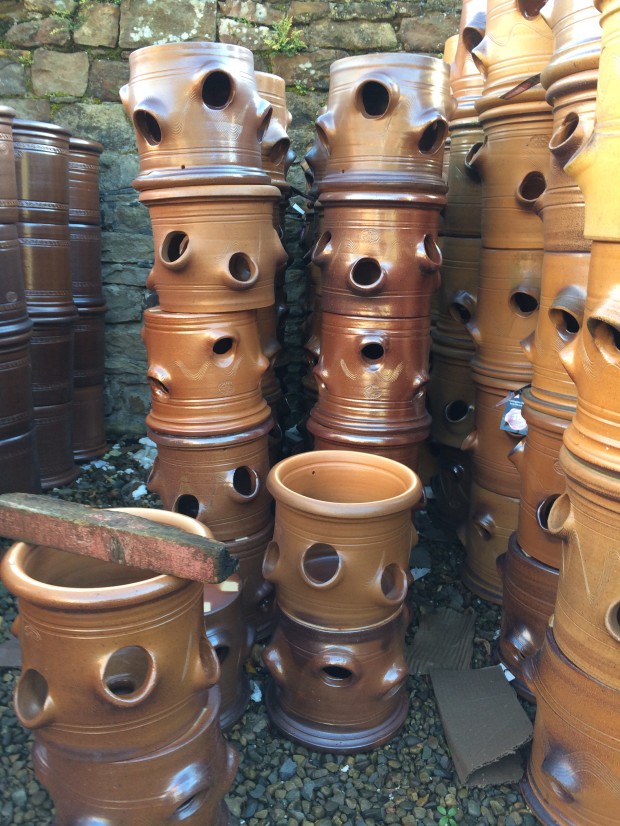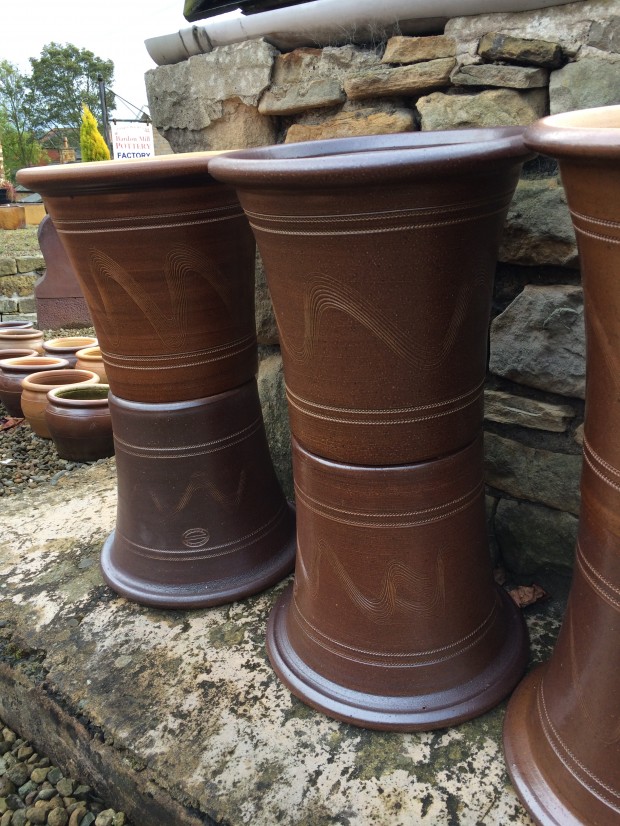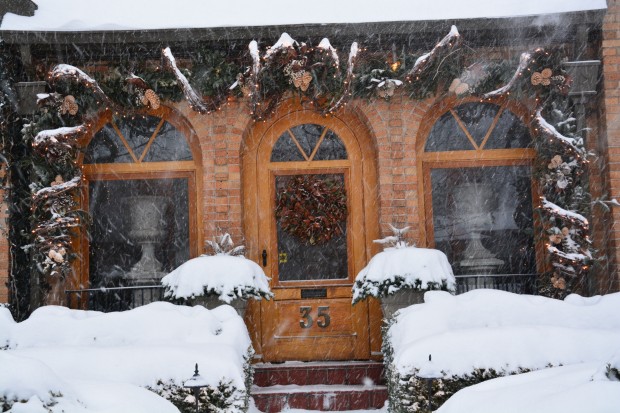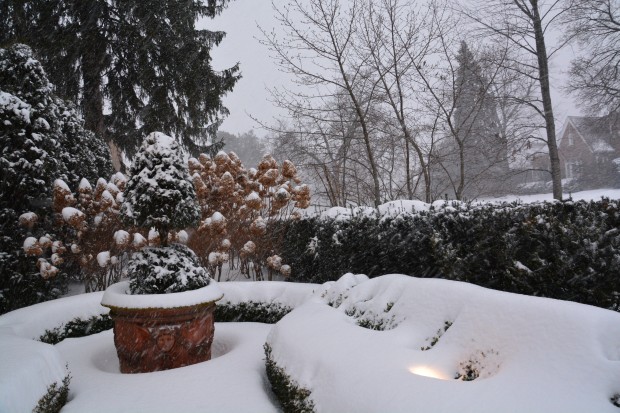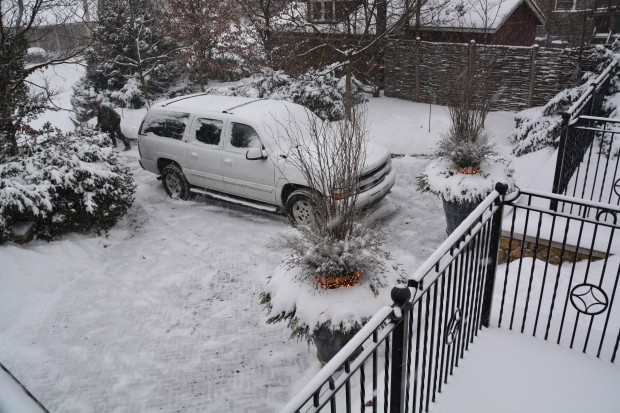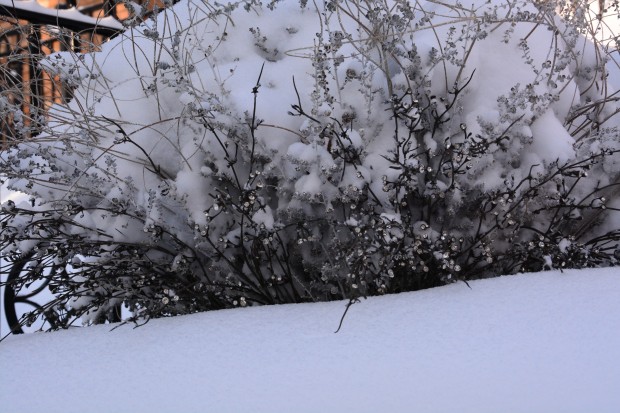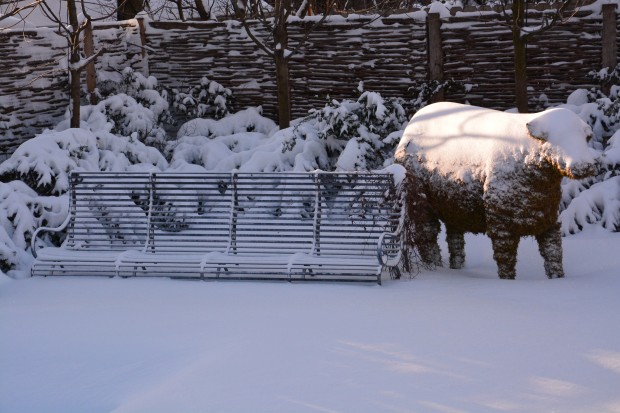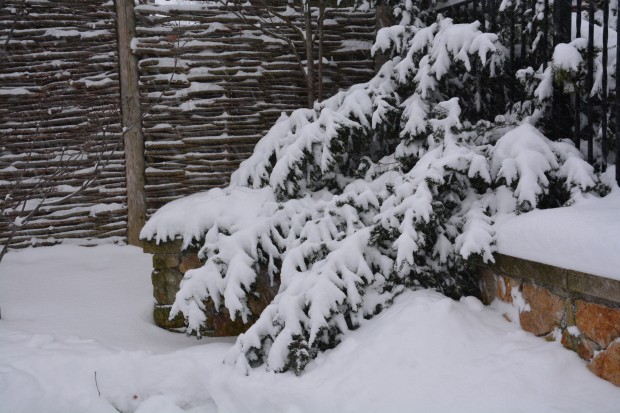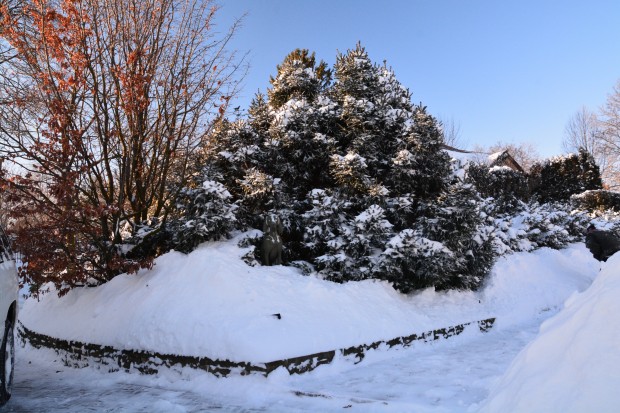 Rob likes to get away for a few weeks in the winter, before our garden season starts to stir. His choices are always interesting. They never involve a warm or tropical place. A decision to visit England’s lake district in Cumbria, Wales, and the Isle of Skye in Scotland sounded lovely-but in February? There were a few days while he was gone when Michigan was warmer than Scotland, but his photographs are proof positive that the natural landscape – even those in cold climates in February – have a presence that transcends the seasons. These snowdrops in bloom-in the woods in England’s Lake District. Rob’s visual chronicle of these natural landscapes, barely edited by the demands of agriculture and travel, have a haunting beauty I won’t soon forget. I hope you enjoy them as much as I have.
Rob likes to get away for a few weeks in the winter, before our garden season starts to stir. His choices are always interesting. They never involve a warm or tropical place. A decision to visit England’s lake district in Cumbria, Wales, and the Isle of Skye in Scotland sounded lovely-but in February? There were a few days while he was gone when Michigan was warmer than Scotland, but his photographs are proof positive that the natural landscape – even those in cold climates in February – have a presence that transcends the seasons. These snowdrops in bloom-in the woods in England’s Lake District. Rob’s visual chronicle of these natural landscapes, barely edited by the demands of agriculture and travel, have a haunting beauty I won’t soon forget. I hope you enjoy them as much as I have.
 Along the Brecon-Monmouthshire Canal, in Wales
Along the Brecon-Monmouthshire Canal, in Wales
 These man made canals were used to move frieght, before the invention of the railroad.
These man made canals were used to move frieght, before the invention of the railroad.
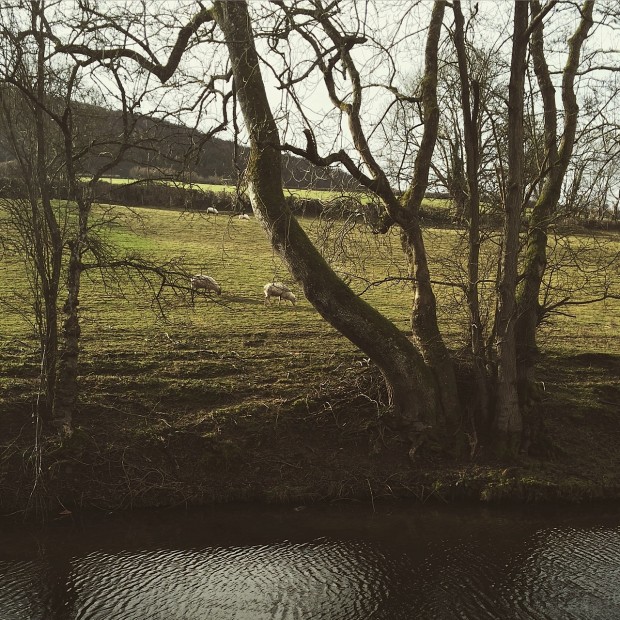 Brecon and Monmouthshire Canal
Brecon and Monmouthshire Canal
 He looks to be perfectly happy and at home in Wales, don’t you think?
He looks to be perfectly happy and at home in Wales, don’t you think?

